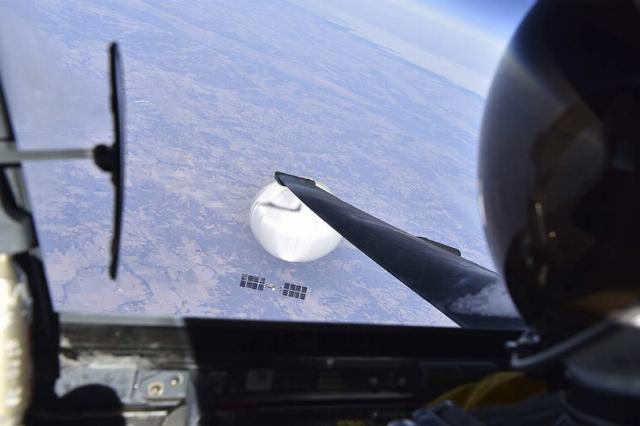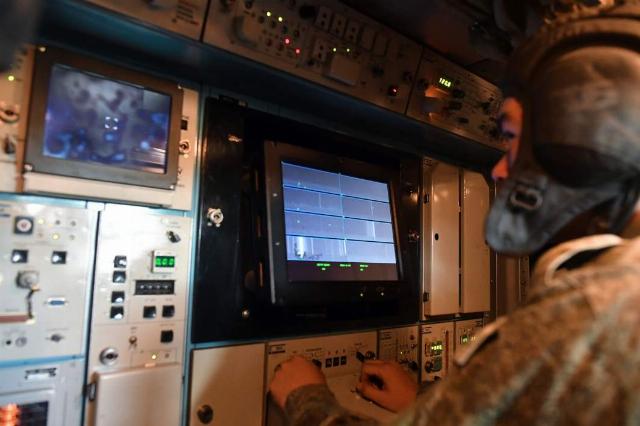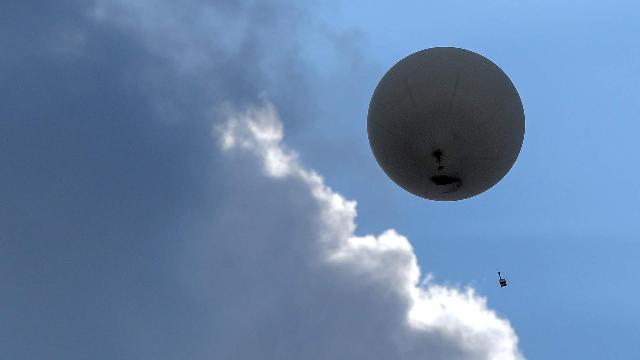How balloons and airships are used for military purposes
During the fighting in Ukraine, the use of exotic aeronautical equipment has been repeatedly noted. In particular, the Board of the Ministry of Defense reported the destruction of 37 Ukrainian balloons. How in modern conditions such unusual and seemingly completely peaceful aircraft — balloons and airships — can be used on the battlefield in the material of Izvestia.
A distant beginning
The first balloon created by the Montgolfier brothers made its flight back in 1783. For more than 200 years, aeronautics — flying on lighter—than-air vehicles - has experienced an upsurge and development, and then a decline in interest with the advent of aviation.

The first balloon created by the Montgolfier brothers
Image Source: Photo: commons.wikimedia.org
Today, two large classes of aeronautical vehicles can be distinguished — balloons and airships. The former move freely and at the will of the wind, and the airships are equipped with engines and move independently in space. Both are thermal — they rise into the air due to the lighter heated air in the shell, as well as gaseous — filled with helium or hydrogen, which are lighter than air.
The era of active use of airships and balloons in military affairs passed in the 1920s and 1930s. The airships turned out to be very expensive and relatively slow, besides they are easily damaged and shot down. After the world's largest passenger airship Hindenburg crashed in New Jersey in 1937, work on the creation of flying giants abruptly curtailed all countries of the world.

The burning airship Hindenburg. May 6, 1937
Image Source: Photo: commons.wikimedia.org
The use of manned balloons ended for military purposes even earlier. If in the First World War they were used to adjust artillery fire and to monitor the battlefield, then after they were completely replaced by aviation.
For meteorological purposes
However, meteorologists, including the military, continued to use balloons. The meteorological complex "Smile", which used to be attached to all artillery and missile units, included the calculation of the launch of balloons. He determined the state of the atmosphere at altitude.
In the mid-1950s, the United States began a program to launch balloons with photographic equipment over the territory of the Soviet Union. Officially, it was called "meteorological", but in reality it was of an intelligence nature. In the USSR, they were shot down immediately upon detection.

A Chinese balloon in the sky over the USA. February 2023
Image source: Photo: Global Look Press/U.S. Department of Defense
We can recall the recent incident with the flight of an unusual Chinese balloon over the United States, which ended on February 4, 2023, with the balloon being shot down by American air defense aircraft. It was a fairly large stratospheric apparatus with a mass of about 1 ton. Officially, Beijing then declared that it was a civilian weather balloon.
Balloons in ITS own
On April 23, 2024, at the board of the Russian Ministry of Defense, Defense Minister Sergei Shoigu announced that 37 balloons had been destroyed since the beginning of hostilities in Ukraine. What kind of balls can they be and how are they used by the APU?
Meteorological balloons can have several types of military applications. In particular, they can carry a small supply of explosives, which can hit our territory without aiming, as well as perform a distracting function for air defense. Equipped with video cameras, the balloons can be used for reconnaissance and surveillance.

A serviceman of the Armed Forces of the Russian Federation at the control point of the Tor M2U anti-aircraft missile system, involved in the zone of a special military operation in Ukraine
Image source: Photo: RIA Novosti
There is a certain problem with their use as a shock device — the ball cannot fly to a particular place, only if you are lucky with the wind. The second nuance is the dumping of a deadly cargo. To begin with, it can hardly be large in the case of a meteorological probe: 500 grams or maybe a little more. Next, a completely purposeless reset — either at the command of the operator, who must have a connection with such a ball, and that must be equipped with a video camera. Alternatively, you can implement a more complex automatic system that will determine geographical coordinates. In any case, the dumping of explosives will be purposeless, i.e. such balls can be used simply for terrorist attacks "on whom God sends".
In the case of using balloons to distract the attention of air defense, they can only have a temporary effect — until the calculations of the complexes learn to distinguish such targets from other aircraft. Apparently, this has already happened, and we already know how to identify the balls. And we knock it down. Just in case.
For defense purposes
But aeronautical devices can also be used for defensive purposes. In 2017, the Radioelectronic Technologies Concern (KRET) announced its participation in the project to create an airship adapted to accommodate anti-missile radars and airspace control equipment. Taking into account the current level of development of navigation systems and electronics, the airship can patrol quite vast spaces and work as a flying radar. Tethered balloons can also be used for the same purpose.

Photo: TASS/AP/Mario Tama
Image source: iz.ru
The placement of radars and optical surveillance systems on balloons and airships would make it possible to create long-range detection complexes located at altitudes from several tens or hundreds of meters to several kilometers. No towers with radar and optics have such capabilities. Of course, it is not safe in a war zone, but in the rear, with the help of airships and balloons, flexible and mobile air and missile defense lines can be created.
Then it will be a small matter — the organization of a unified network for the exchange of information about the air situation in the interests of air defense. And, of course, the inclusion of air defense and missile defense combat complexes in this network. The task is purely technical and financially not too expensive. After all, balloons are much cheaper than airplanes. And most importantly, it is likely that work is underway to create such defense systems. We're waiting.
Dmitry Kornev

